“I didn’t know I was building a forest”
This 90-year-old woman in India offers a lesson on how small, incremental action can lead to meaningful change.

For most of her adulthood, until her late forties, Devaki Amma was your average Kerala woman next door. She was busy with her family’s affairs, especially managing their farming business. And it would have remained so, had fate not intervened – though rather cruelly, the way it happened.
In 1980, Devaki Amma met with a life-threatening car accident. She couldn’t walk for three years, and when she eventually did, it was considered a miracle. Her recovery was slow and excruciating. But, amidst the darkest of the clouds, Devaki Amma found a silver lining, one that would, over the years, spread across five acres of land – a native forest she raised and planted with her own two hands.
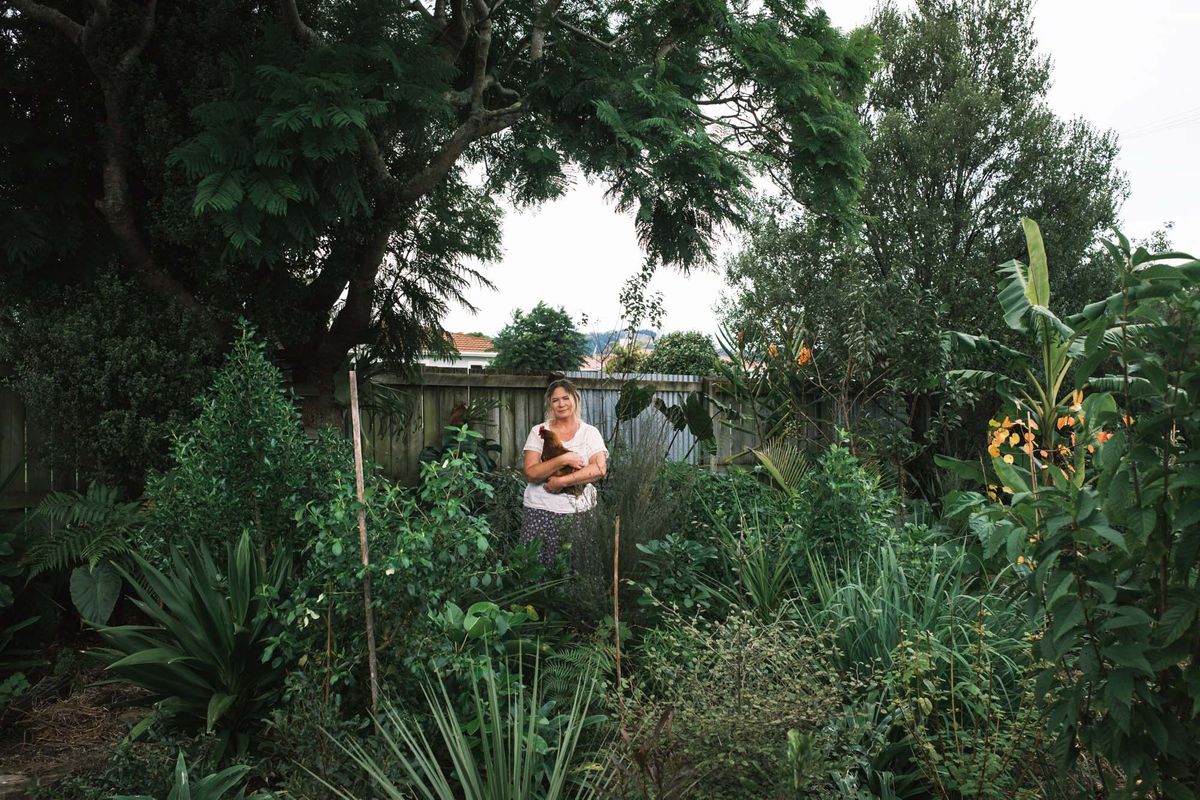
A lifetime on the land
Kollakkal “Thapovanam” Devaki Amma was born in 1934 in the Alappuzha district of Kerala, a state in the southwestern corner of India. Known for its magnificent backwaters and paddy cultivation, Alappuzha holds the title of the “rice bowl of Kerala” and is more popularly referred to as the “Venice of the East.” Yet it also has another, rather strange tag: Alappuzha is the only district in Kerala, out of a total of 14, that doesn’t have the presence of natural forest cover.
Devaki Amma grew up in a large family with a rooted farming culture, and remembers having a close relationship with nature and trees since her childhood.
“Back in those days, we used to cultivate everything we needed in our farmlands. And we had all kinds of medicinal herbs and plants grown within our arm’s reach. My father had taught me how to identify them during my younger days,” she says, going down memory lane.
“The accident changed my life completely. At first, I assumed it was for the worse, but looking back, I don’t feel so,” she says with the wise smile of a person who has lived long enough to understand the mysteries of life.
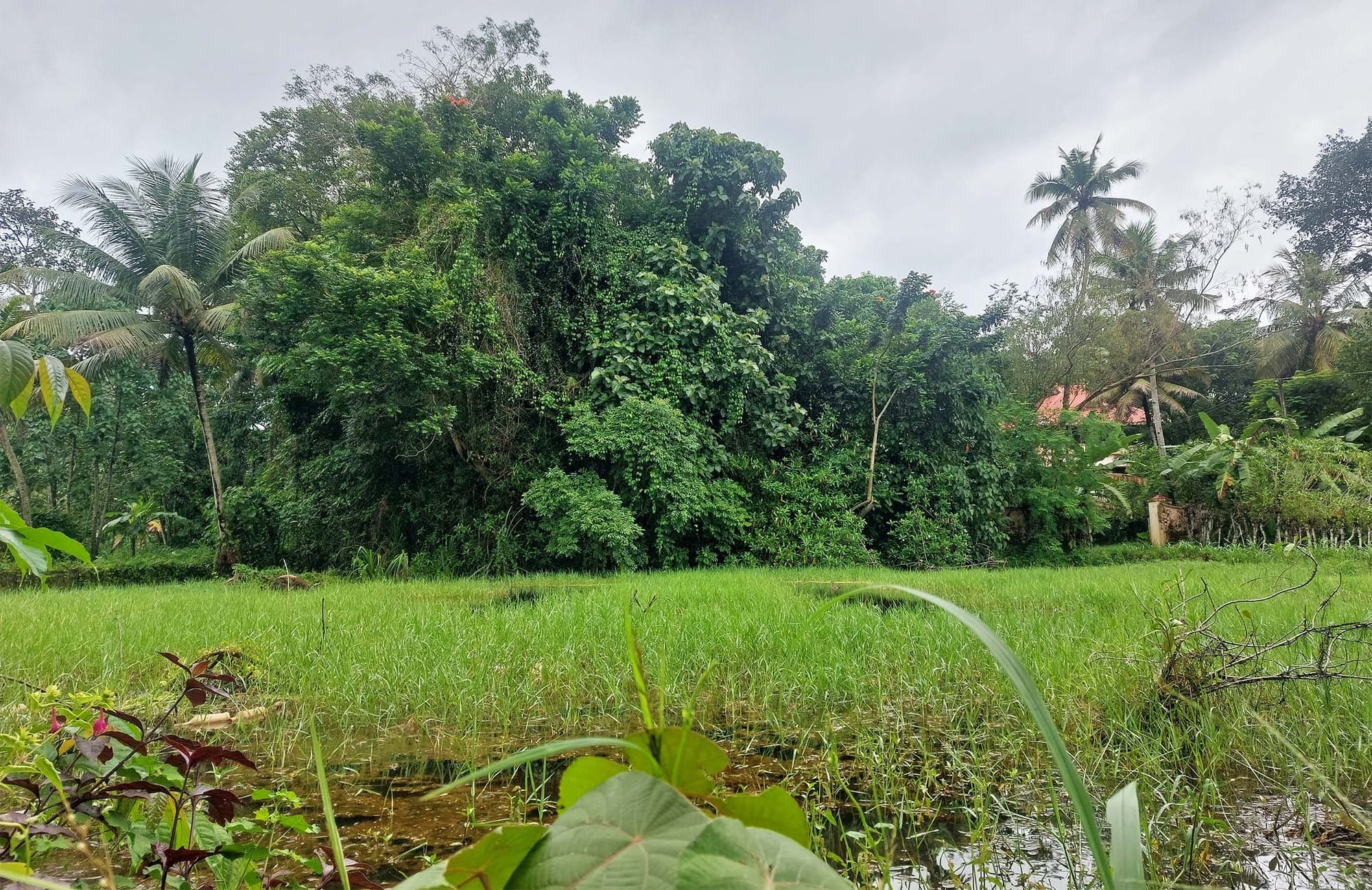
With Devaki Amma bedridden, there was nobody in her home anymore to supervise the farming affairs, which included extensive cultivations of paddy, coconut, gingelly, areca nut, tuber crops, pulses and vegetables. Devaki Amma’s world was restricted during the rehabilitation period to her home and yard .
“I started growing plants and trees as a way to escape the monotony and boredom,” she recalls with amusement.
Next to the farmlands were several acres of land that had earlier been used to store the paddy and gingelly harvest and at the time lay barren, and which she used for her project.
Devaki Amma’s eldest daughter, Thankamoney, jumps in at this point, filling the gaps with her memories of that time.
“I was doing my master’s at the time in environmental engineering from Thiruvananthapuram [the capital city of Kerala] and used to visit Amma [Mother] during the weekends. Seeing her newfound enthusiasm for afforestation, I started bringing her various saplings during my visits,” Thankamoney recollects.
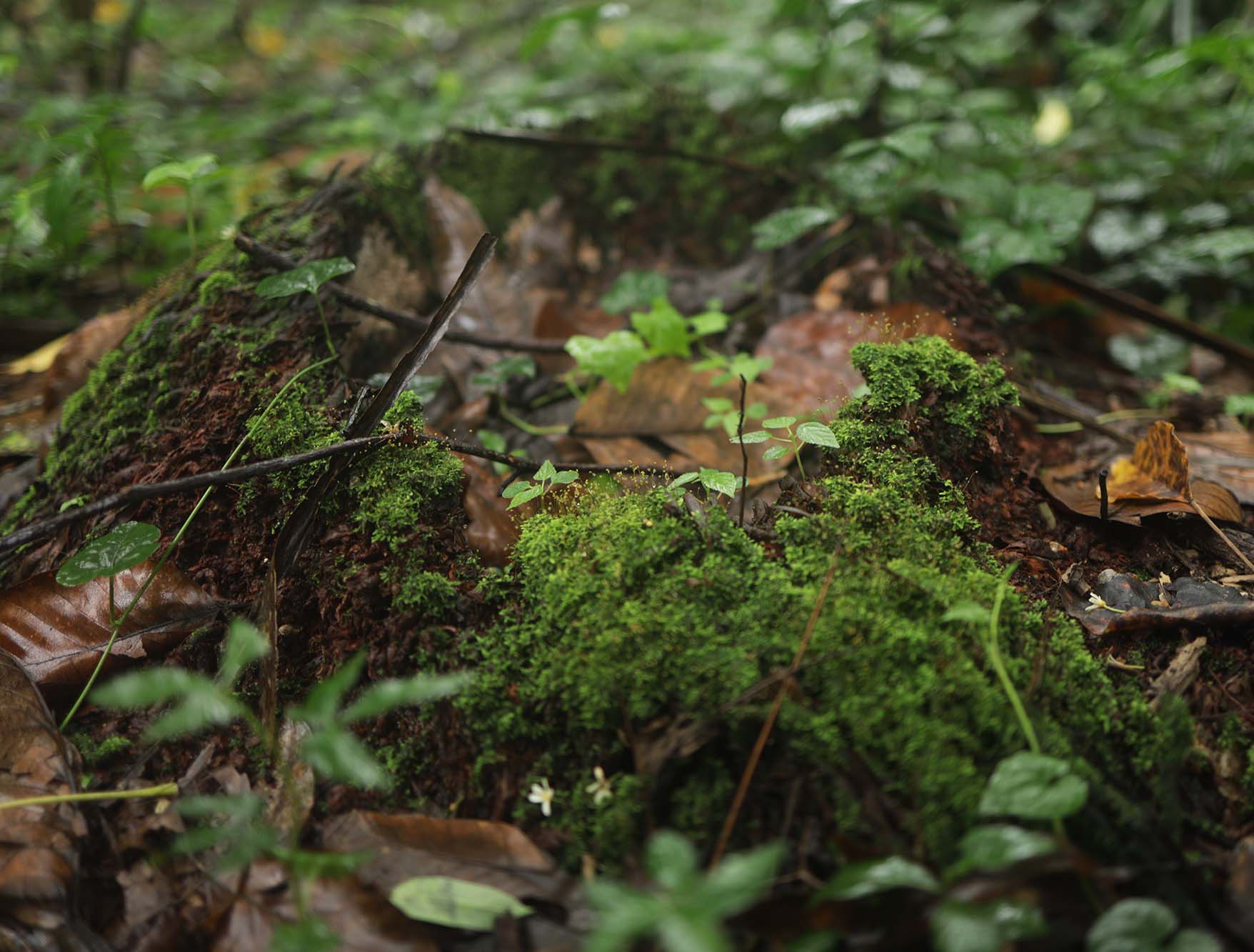


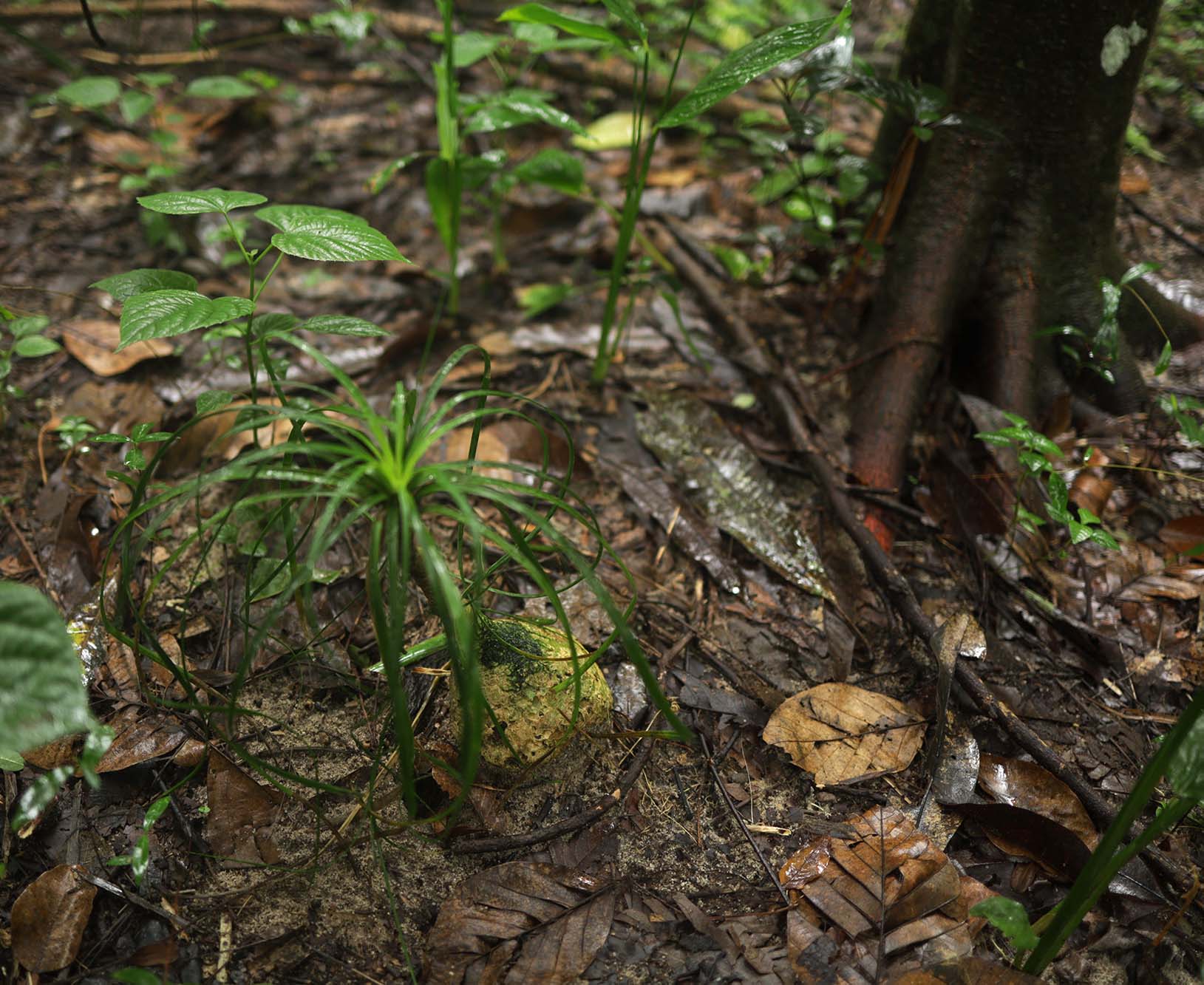
Detailed views of Devaki Amma’s forest. Photos: Bharath Thampi.
And it wasn’t just her, Thankamoney adds. Devaki Amma’s husband and other family members too started the tradition of frequently gifting her different varieties of seeds and saplings.
“I was just planting anything and everything I got my hands on; it never crossed my mind that I was a naturalist or that I was building a forest,” Devaki Amma says.
But that is exactly what the nearly five acres of land around her home, which she voraciously planted, watered and took care of, turned out to be in the next decade or so. “Devaki Amma’s forest,” or “Kollakal Thapovanam” as it came to be known, became famous amongst the local populations at first, and outside Alappuzha soon enough.
Nearly 20 years after Devaki Amma started her quest to build a forest, the first national recognition for her relentless efforts came seeking her. In 2003, she was bestowed with the Indira Priyadarshini Vrikshamitra Award, given by the Ministry of Environment, Forest and Climate Change of India to individuals and institutions for outstanding work in afforestation.
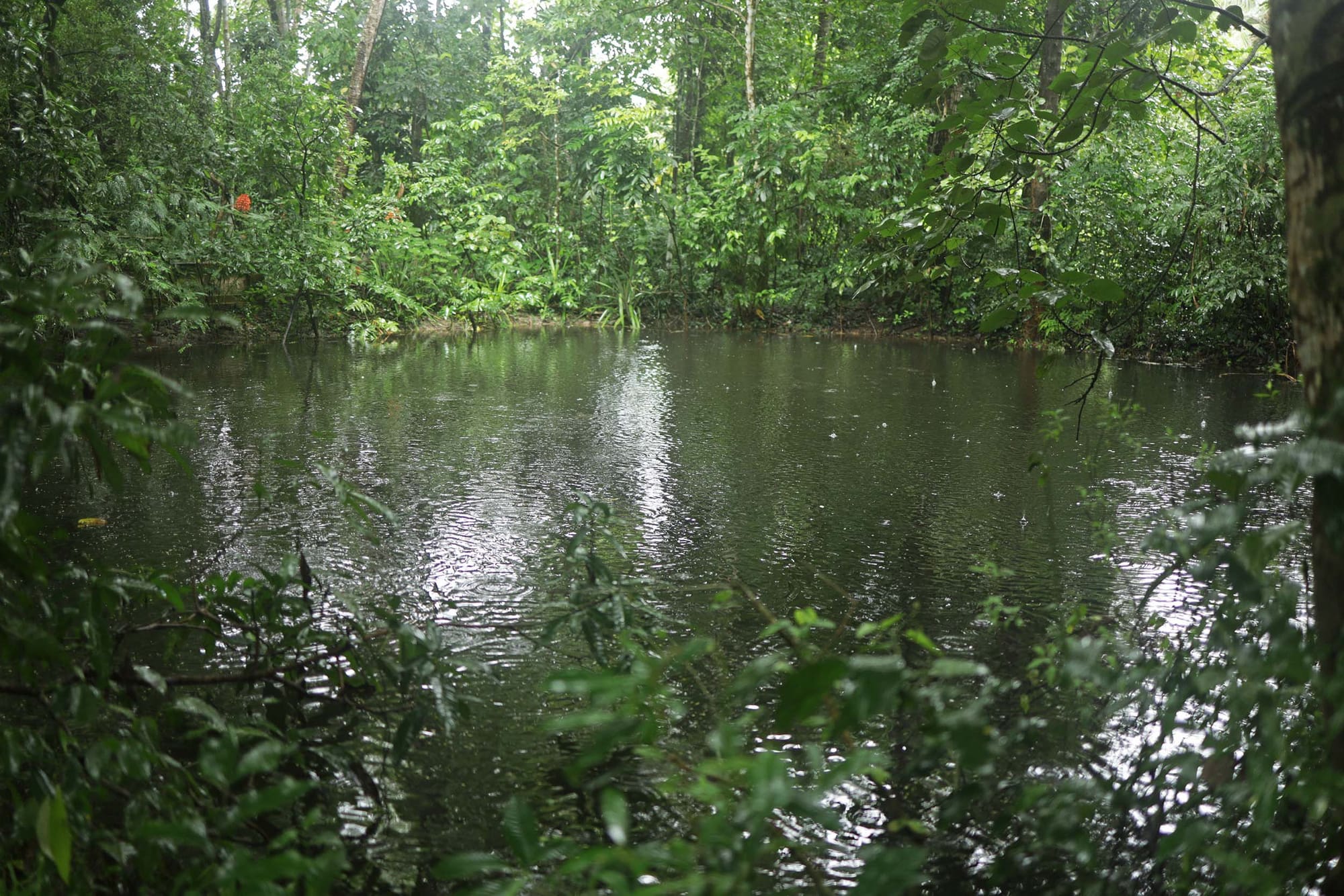
The bigger picture
Thapovanam, the name given to the forest that Devaki Amma built, includes more than 1,500 different species of herbs, plants and trees. The most frequent visitors to the forest are those who come for the medicinal herbs, which Devaki Amma is more than happy to provide. Thapovanam has witnessed a steady stream of visits from young students, researchers, environmentalists and nature enthusiasts, not just from Kerala but outside the state as well. Devaki Amma and her forest have been featured in numerous documentaries over the years.
I’m curious to know how Devaki Amma has observed the phenomena of global warming and climate change with respect to Kerala in the four decades of Thapovanam’s life.

“Climate change is certainly not a myth; I have witnessed it first-hand here,” Devaki Amma notes. Long heat spells followed by intense short bursts of rainfall in recent years, in contrast with a regular monsoon season in Kerala, are the most notable aspects of that. In Thapovanam, water availability is not an issue during the summers, as there are two natural ponds within the forest (and a paddy field that doubles as a pond during the rainy season) to provide water, says Devaki Amma. But the erratic rainfall can cause water stagnation, with many of the plants being affected by hot water percolating down and affecting their root systems.
“To tackle this issue, we practise mulching during the rainy season – tilting the mulch at intervals to avoid the heat getting trapped,” Thankamoney adds.
According to a 2020 report by the World Wide Fund for Nature, Kerala lost 50 percent of its forests between 1973 and 2016 – almost equalling a quarter of the state’s area. In a study by the Institute for Climate Change Studies earlier this year, 2024 was cited to have been the warmest recorded for Kerala since 1901. The impact of climate change in the state is a significant factor for this temperature increase, but the glaring issue of Kerala’s reduced forest wealth due to rapid urbanization cannot be ignored. While Alappuzha never had forest land, its vast wetland ecosystem has also been subjected to erasure through human activities in this century.
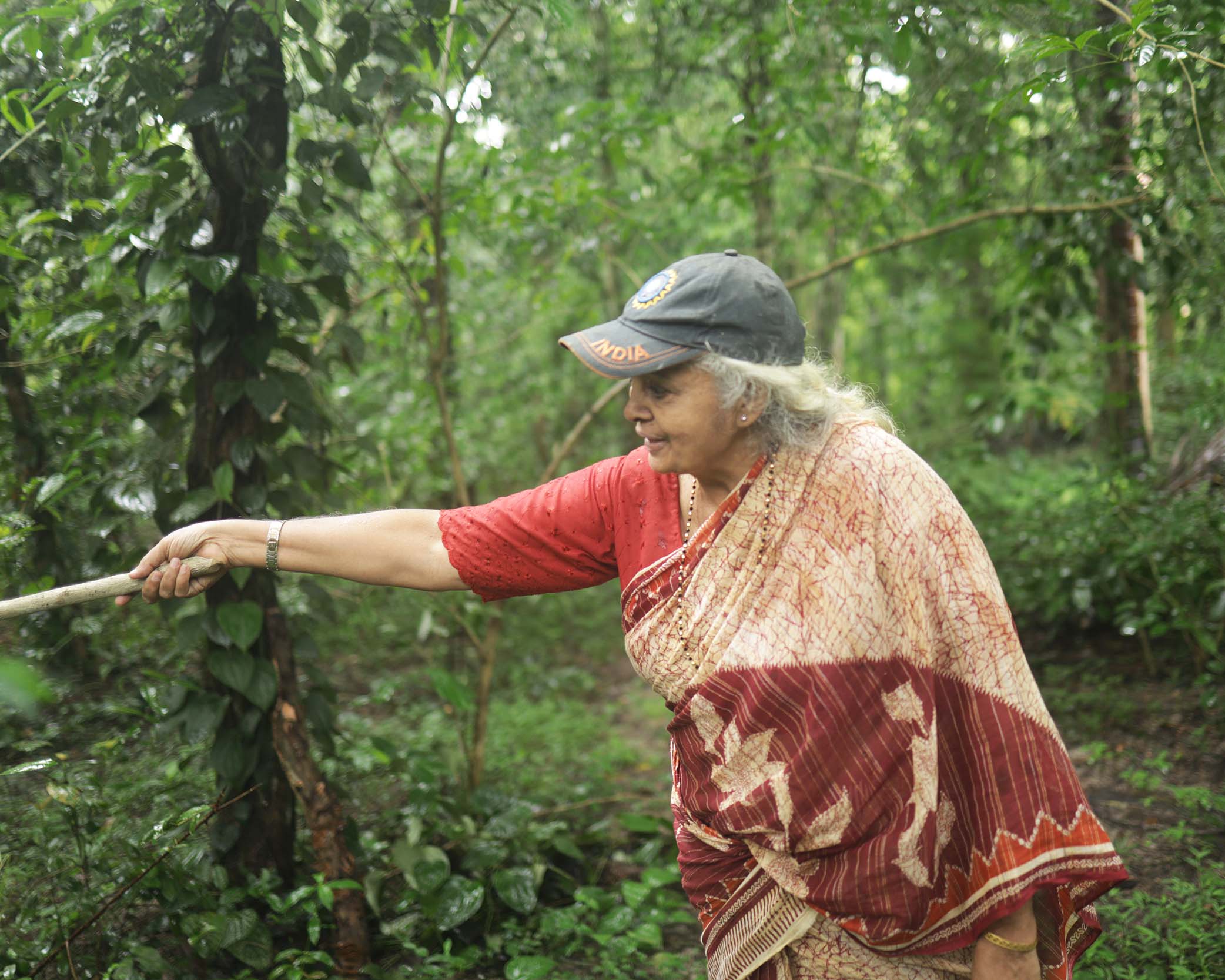
On the day I visit Devaki Amma, it has been raining heavily since the morning, much like the past week or so, characteristic of Kerala’s heavy monsoon season. Age has caught up with her, and Devaki Amma doesn’t step out into the forest these days owing to the risk posed by slippery ground. Thankamoney acts as my guide for the day, showing me around Thapovanam and its many inhabitants – the plants and trees. Many of the trees have boards hung on them indicating their botanical name. Thankamoney references Peter Wohlleben’s book The Hidden Life of Trees as she explains to me the extensive forest network that exists here.
“Whether it’s due to climate change or something else, several of the medicinal herbs we used to have before have disappeared in the recent past,” Thankamoney says.
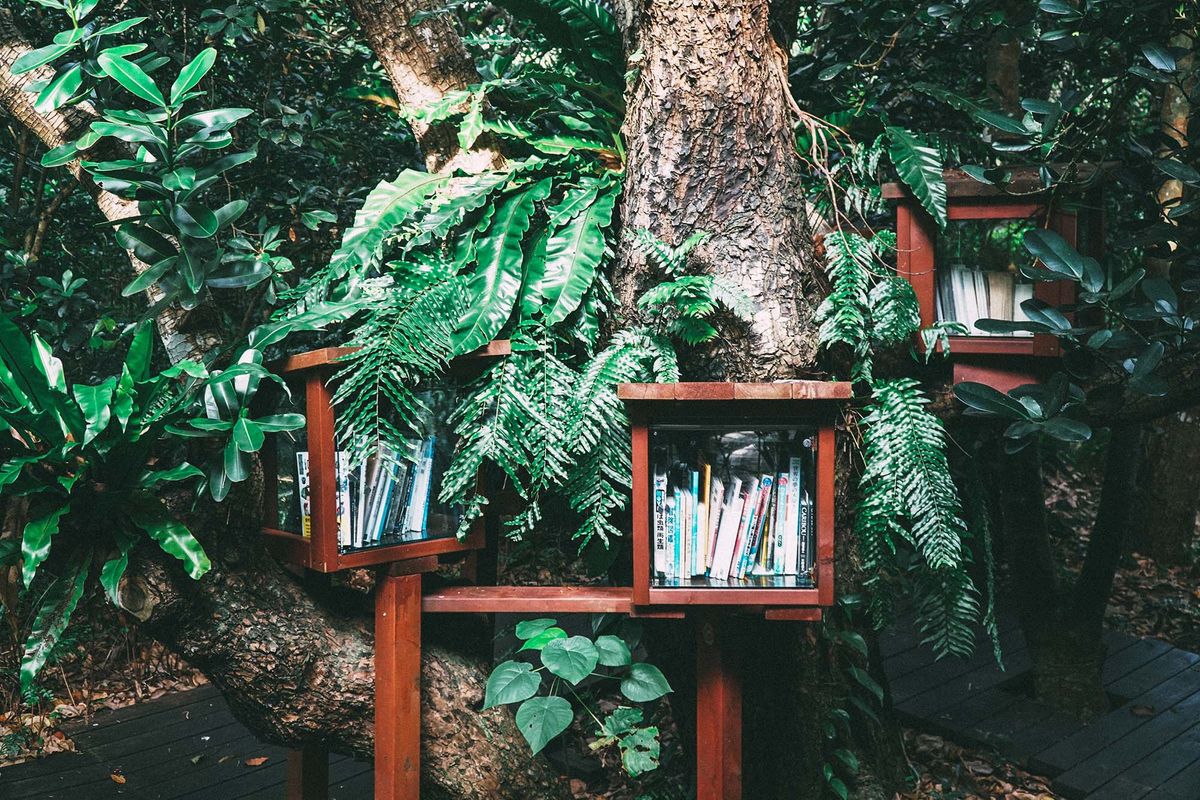
The forest is also home to a wide range of butterflies – like the southern birdwing and blue Mormon butterfly – and common Kerala birds, including migratory species such as the paradise flycatcher, emerald dove and forest wagtail. Bats, monkeys, mongoose, rat snakes, various species of frogs and peacocks are commonly seen around the forest. Mushrooms and lichens are spread across the land. Thapovanam’s natural ponds don’t dry up in the summer and host a wide variety of fish.
The oldest tree in Devaki Amma’s forest is a koovalam or an Indian bael, which is nearly 200 years old, according to the family’s calculations. A sage-leaved alangium, called ankolam in Malayalam, is one of the rare trees in the forest, Devaki Amma tells me.
Despite her old age and trouble with walking, Devaki Amma has travelled across Kerala, as well as to New Delhi – the nation’s capital – to share her experiences in building a forest and to accept the numerous awards that have come her way. In 2010, she was awarded the Vanamitra Award by the Government of Kerala and in 2018, she received the Nari Shakti Puraskar, the highest civilian honour for women in India, from the president.
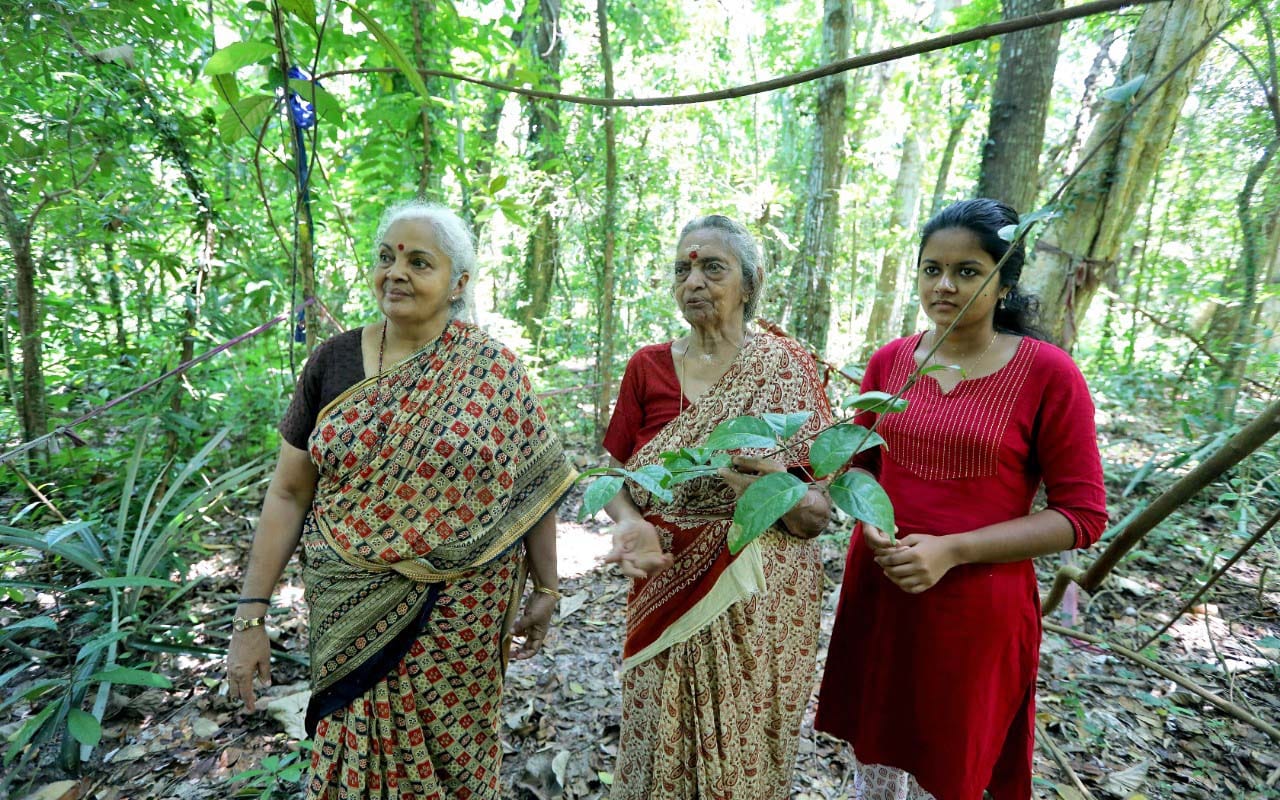
“I am leaving my forest in safe hands”
In an age where global warming and climate change have become topics that demand addressing, Thapovanam is a model of how each individual can work toward carbon sequestration and biodiversity development. Devaki Amma’s greatest comfort is knowing that even after her time, Thapovanam will thrive and be looked after the way she has done throughout her life. While Thankamoney and her siblings have made sure of that as part of their generation, the third and fourth generations – Devaki Amma’s grandchildren and great-grandchildren – are equally fond of nature and are keen naturalists. Saranya, one of Devaki Amma’s granddaughters, who is currently doing her doctoral degree in botany, grew up in this same home, watching her grandmother’s unique efforts.
“I didn’t build this forest just for myself,” Devaki Amma says with a contented smile. “It will live after me, for the years to come, through my successive generations, and all the nature enthusiasts around me.”





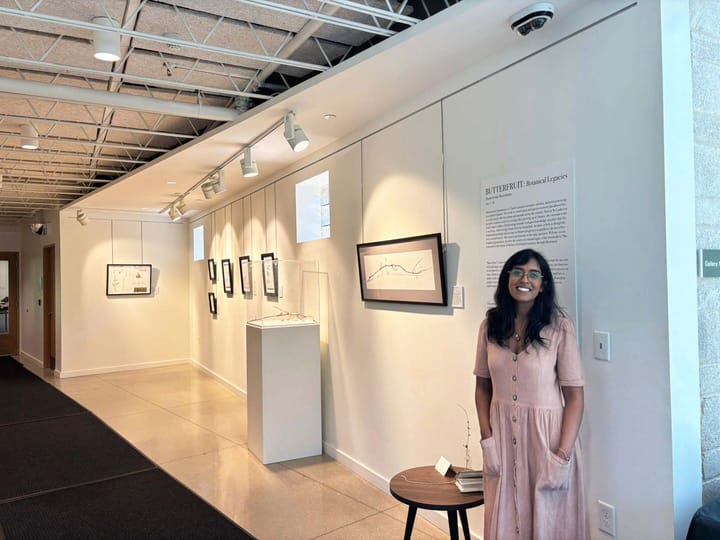
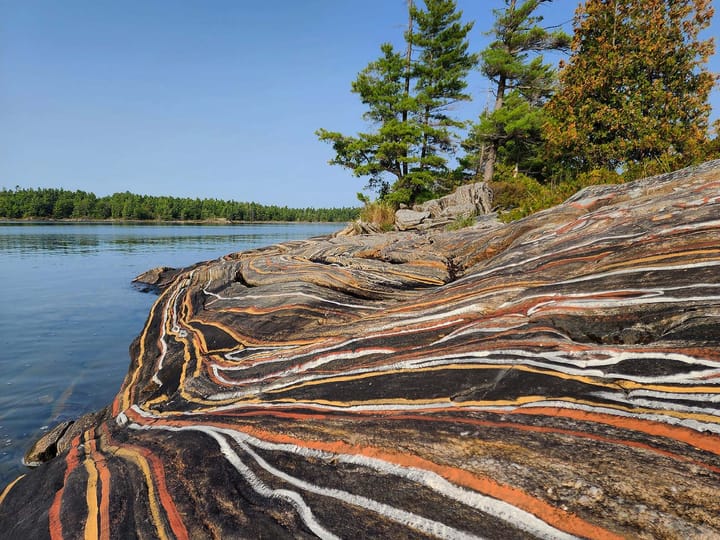
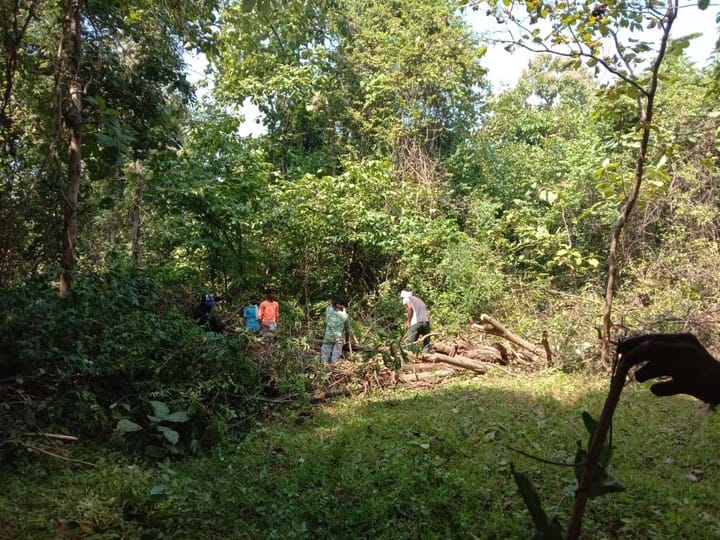



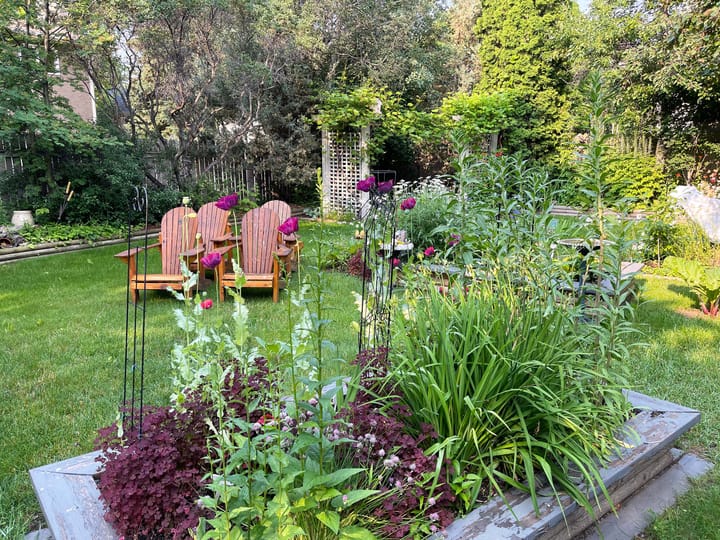
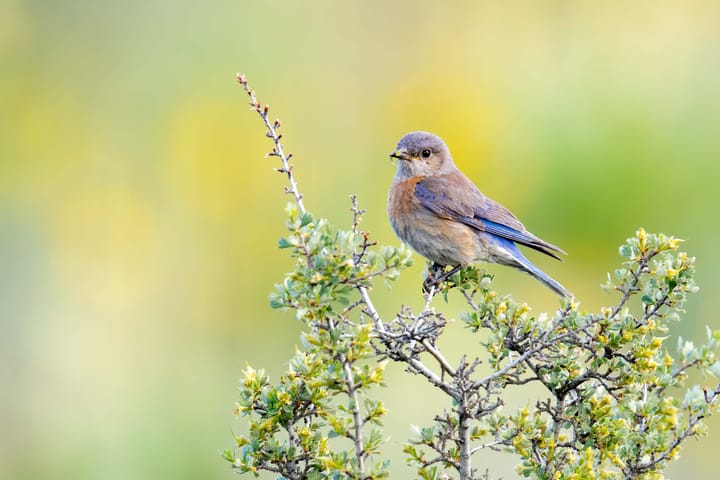
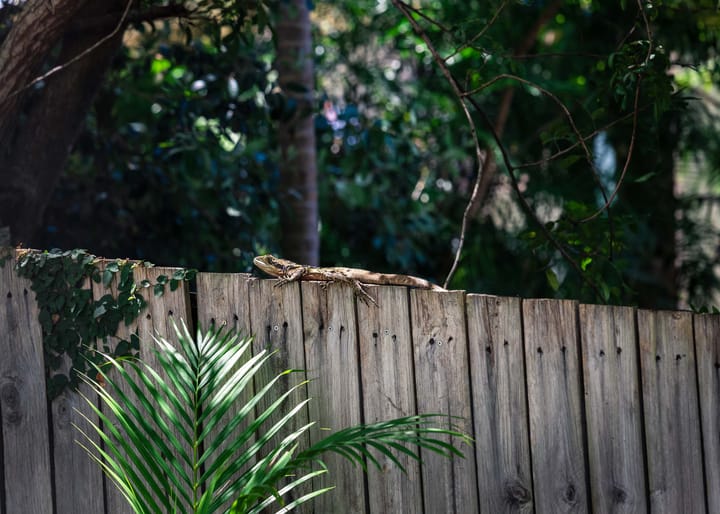

Comments ()